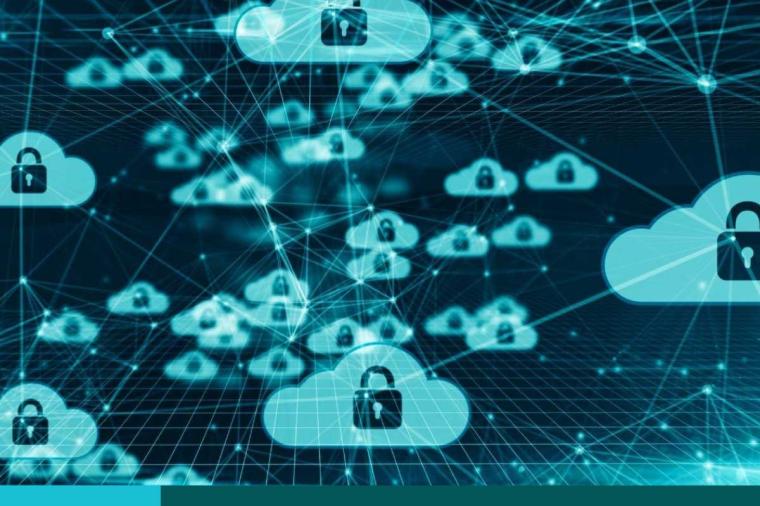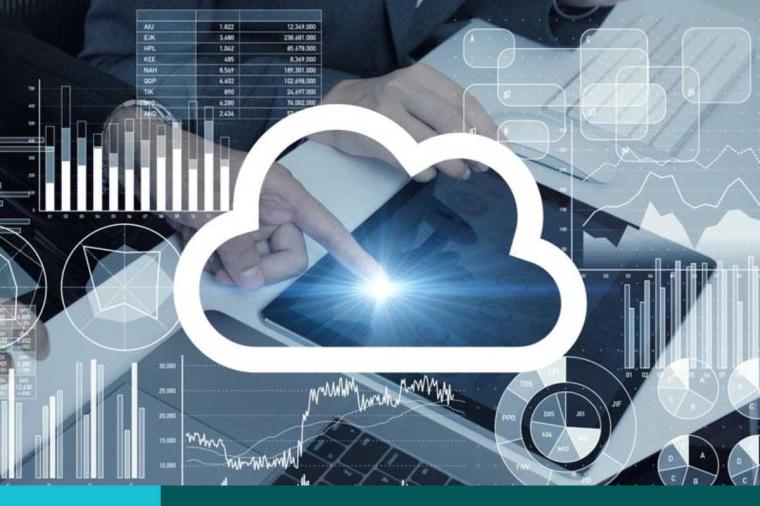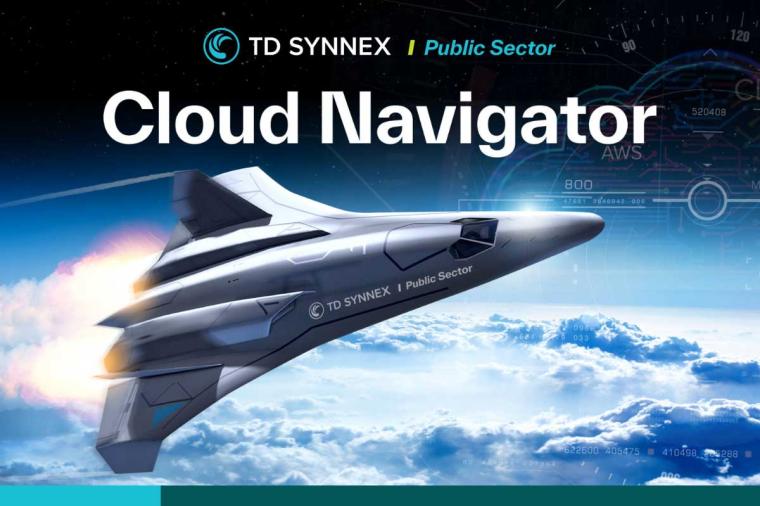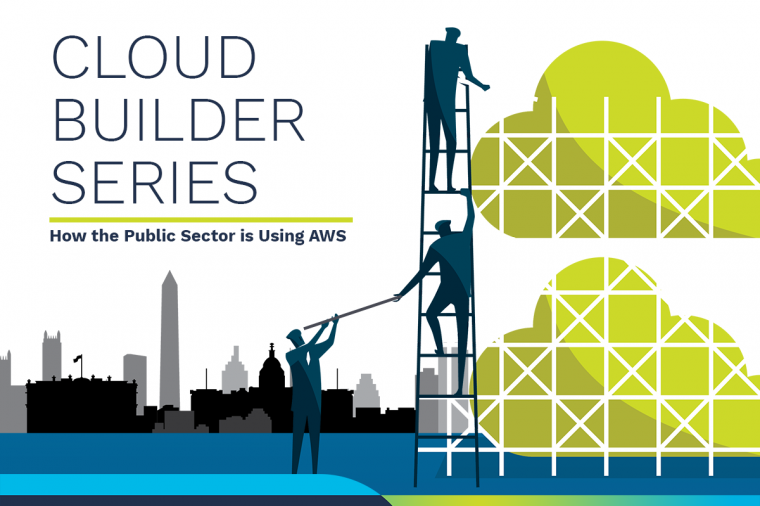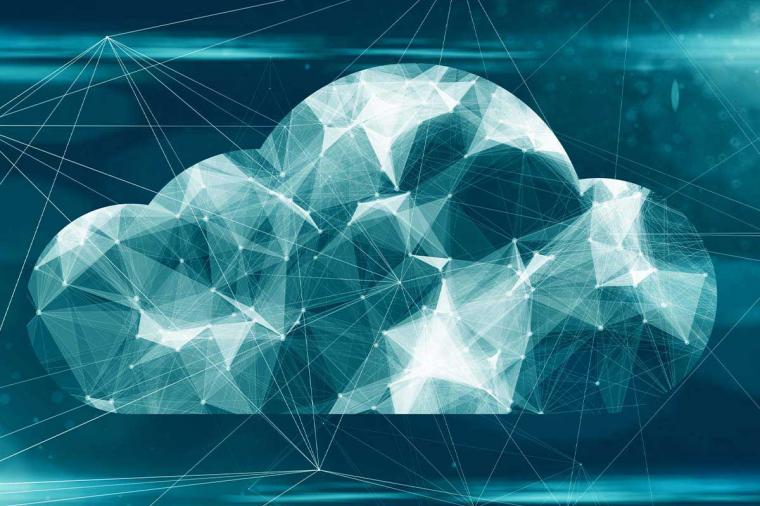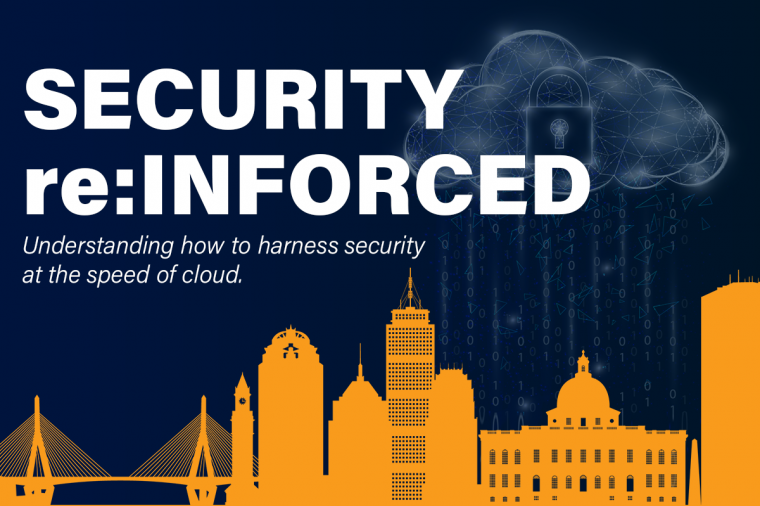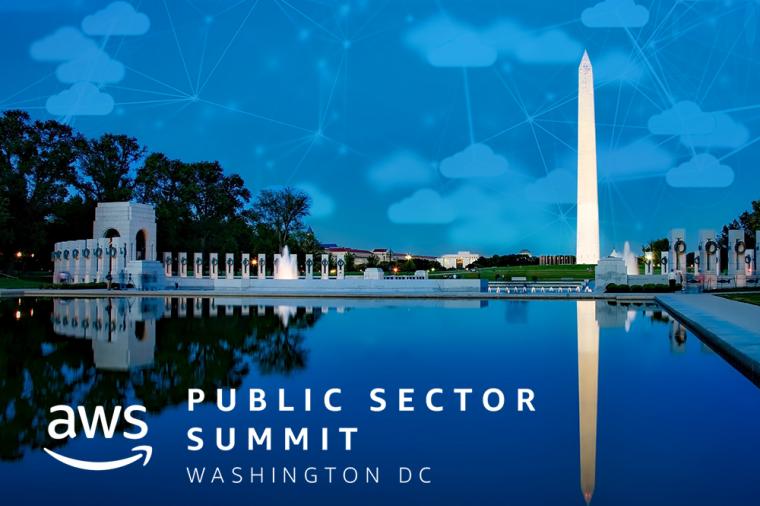5 Ways Procuring the Government Cloud is Different
5 Things Every Agency Should Know About Procuring Cloud Services
If your agency is making the move to cloud services, it can expect cost-savings, improved service delivery, and all the great things that the cloud brings. But for procurement and purchasing officials whose practices and contracting vehicles were designed to help managers provision hardware and software, not on-demand services like the cloud, it can all cause a bit of a frenzy.
But cloud procurement isn’t as problematic as it might first appear. Here are a few quick tips and insights that can help guide you through the solicitation, award and termination phases:
- Don’t Be Tempted to Make an FFP Award
We all want to prevent cost over-runs and firm-fixed price (FFP) contracts are a great way to do this – just not when procuring cloud services. Why?
Because cloud services are provided on a consumption-based model (meaning you pay only for what you use), the costs are actually under the control of the end user and are not subject to the same over-runs as traditional IT software service offerings.
Purchasers might also be tempted to label cloud as “Computer/Hardware” and make an FFP award. Again, not a good idea because this will drastically reduce the flexibility that migrating to the cloud affords. With an FFP award, your agency would be invoiced up-front for the full value of the award, but if your users only end up using a third of its value it could end up costing your agency more. Likewise, if your users exceed the value of the FFP award before the period of performance (POP) end date, the vendor could turn around and terminate services to avoid the financial risk of doing business with you.
So what are your options?
T&M (time and materials) is the way to go. Even though this is traditionally restricted to professional services, a T&M award with a “Not to Exceed” caveat the agency can take advantage of any savings that occur as a result of under-utilization of the cloud service.
- Keep Your Contract Line Items Simple
When it comes to contract line items (CLINS) for cloud – the simpler the better. More than three CLINS and you’ve gone overboard. One line item for each of the following is enough:
- Cloud services (e.g. email-as-a-service)
- Cloud support
- Any implementation of quick start offerings
- Expect a Different Price Each Month
This is actually a good thing. One of the main benefits of the cloud model is that your agency benefits immediately from any price decreases, there’s no need to modify your award or wait for the next award year. For example, your invoice pricing could be $0.12/GB one month and $0.10/GB the next.
- Your Billing Options are Flexible
While cloud services are billed based on utilization, you have a few options when it comes to billing preferences. You can opt for a utility model where you are billed for the prior months’ usage. Or, you can pay in advance and have a declining balance credit, just like a gift card. Any funds left at the end of POP can either be utilized through a contract modification to extend the POP or can be refunded.
- Getting Out is a Little Different
If you want to terminate your cloud services, expect a different process than the one you’re used to.
Typically, cloud services don’t involve start-up or termination costs (aside from downloading any data stored in the cloud which should be budgeted for). Likewise, when using the utility billing model it isn’t necessary to have a termination of convenience clause in the contract, simply because no additional costs are incurred.
For more tips and recommendations for handling cloud procurement from the solicitation phase through the award and contract termination, download our useful Q&A “Procuring Government Cloud Services.”
Featured image courtesy of delphinmedia, Pixabay.


























